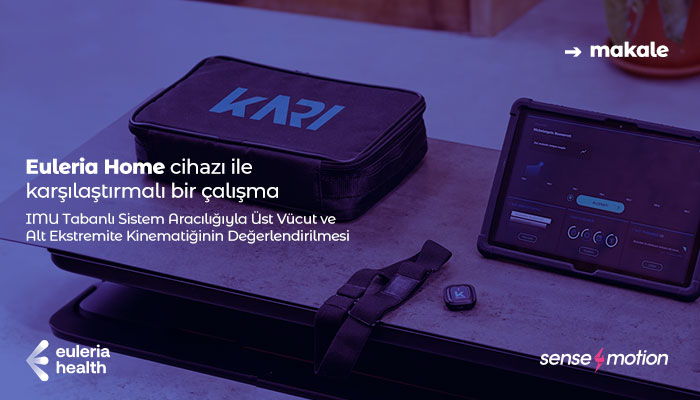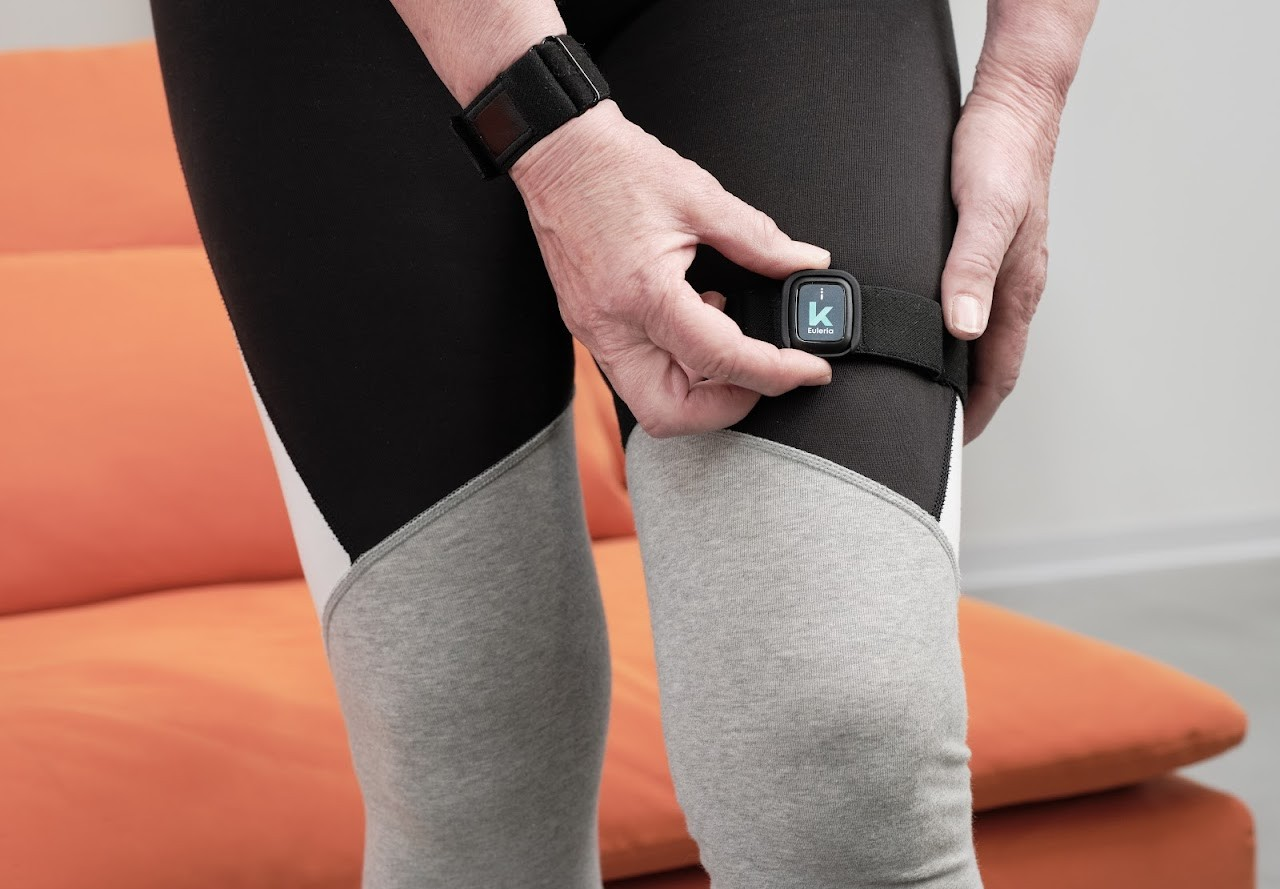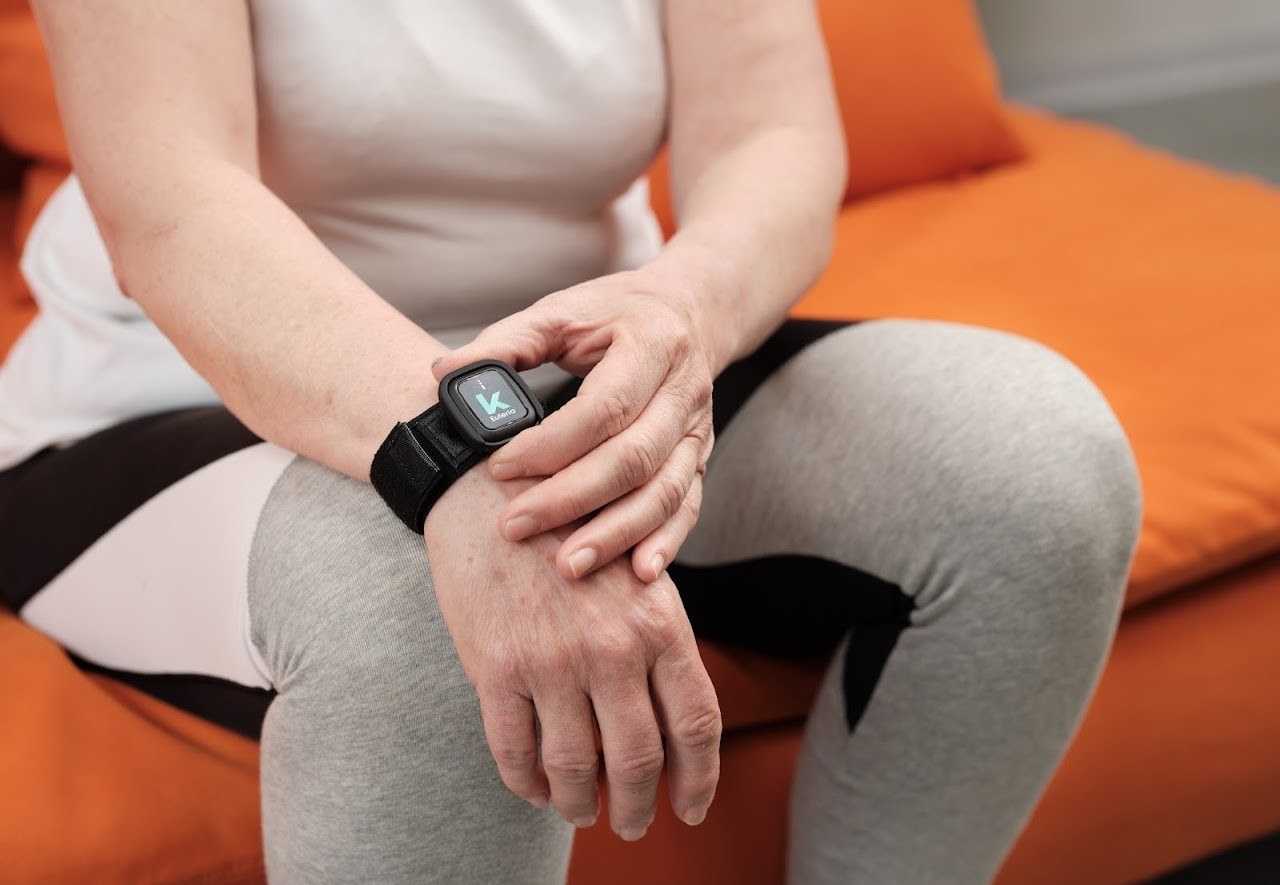Share

A Comparative Study with the Euleria Home Device: Assessment of Upper Body and Lower Extremity Kinematics through an IMU-Based System
Kinematic Analysis plays an important role in movement assessment and Rehabilitation processes. Traditionally, optoelectronic systems have been considered the gold standard in motion analysis. However, in recent years, advanced technologies such as inertial measurement units (IMUs) offer more portable, cost-effective and easy-to-use alternatives. In this study, the accuracy and reliability of the angular measurements provided by the IMU-based Euleria Health Home Device were evaluated in comparison with the optoelectronic system.

Within the scope of the study, trunk and lower extremity exercise data performed by 21 healthy individuals were recorded with both systems. The differences between the ROM (joint motion angles) values of the two systems were determined by RMSE (root mean square deviation); the compatibility of the systems was determined by Pearson Correlation Coefficient (PCC) and Concordance Correlation Coefficient (CCC).

Each participant was equipped with IMU sensors and a set of markers, and the seven exercises identified from Euleria Home’s exercise library via the cloud-based web management system were performed simultaneously by the participants. Exercise performed:
The number of repetitions for each exercise was set to 10 and all tasks were performed in line with the audio and visual feedback provided by Euleria Home. A motor movement was used for synchronization between the IMU-based Euleria Health product and the optoelectronic system, which is considered the gold standard. According to a previously reported method, the participant was asked to step quickly on the floor, resulting in several spikes and dips that could be seen from both systems. In the post-processing phase, these movements were used to synchronize the data from the two devices.
The angles measured by the IMU-based Euleria Home were automatically calculated during the tasks and saved in a .csv file in the mobile application. Body segment angles were obtained from Euler angles and expressed as absolute angles in the Euleria Home system. The raw optical data was processed with SmartTracker and SmartClinic software and the coordinates of the markers were obtained in 3D space. Pointer-based embedded coordinate systems were determined by instantaneous orientation and the coordinates of the lower body segments were aligned to the instantaneous body fixed coordinate system. 3D rotation angles were calculated for the joints using the rotation matrices. The rotation angles for the hip, knee and ankle joints were calculated as relative angles, while the trunk and pelvis angles were calculated as absolute angles. Since the thigh angles are calculated in absolute terms in the IMU-based Euleria Home system, the hip kinematics obtained from the optical-based system were calculated based on the absolute angles obtained from Euleria Home in order to compare the outputs of the two systems.
As a result of the study, the Euleria Home Device proved to be a reliable alternative to the optoelectronic system for the assessment of upper body and lower limb kinematics with a margin of error of less than 5◦ . The study findings supported the applicability of Euleria Home for remote monitoring of the rehabilitation process and changes in the patient’s motor function. Euleria Home’s advantages of portability, ease of use and practical application were also emphasized.